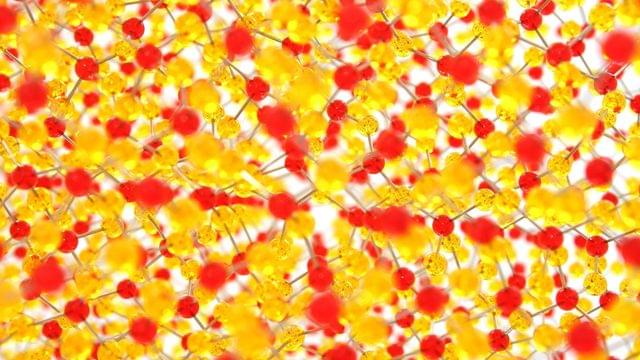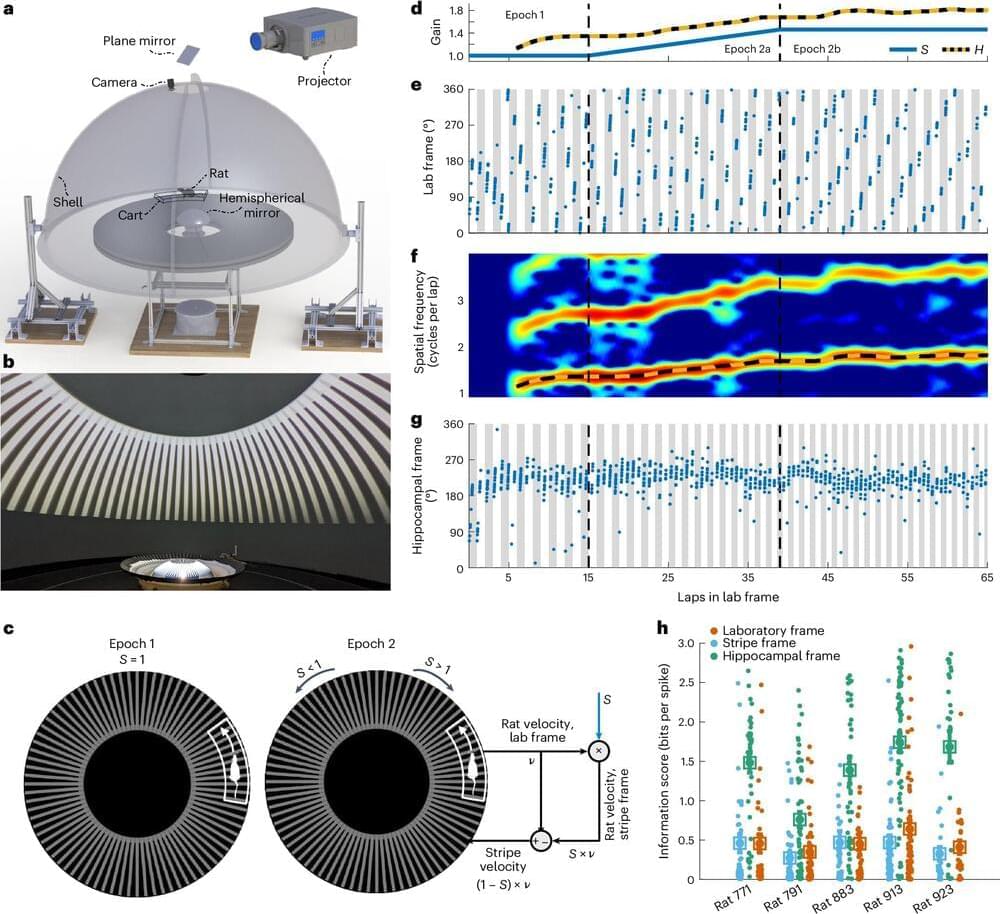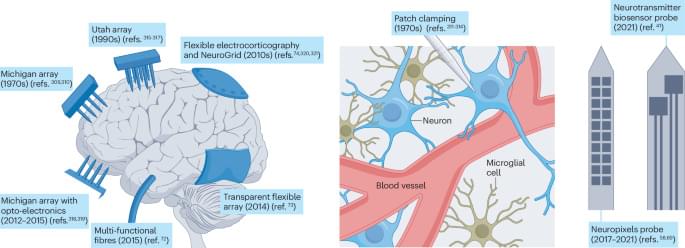Jul 4, 2024
Researchers Unlock “Materials Genome”, Opening Possibilities for Next-Generation Design
Posted by Shailesh Prasad in categories: biotech/medical, engineering
A new microscopy method has allowed researchers to detect tiny changes in the atomic-level architecture of crystalline materials like advanced steels for ship hulls and custom silicon for electronics. It could advance our ability to understand the fundamental origins of materials properties and behaviour.
In a paper published today in Nature Materials, researchers from the University of Sydney’s School of Aerospace, Mechanical and Mechatronic Engineering introduced a new way to decode the atomic relationships within materials.
The breakthrough could assist in the development of stronger and lighter alloys for the aerospace industry, new generation semiconductors for electronics, and improved magnets for electric motors. It could also enable the creation of sustainable, efficient and cost-effective products.
















